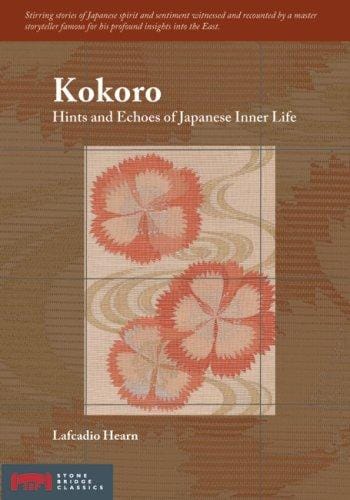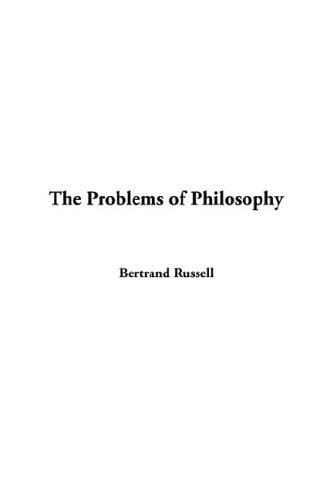Understanding Kokoro: The Heart–Mind of Japanese Culture
Discover the many dimensions of Kokoro, the Japanese concept of heart–mind, and learn how it shapes culture, literature, psychology, and daily life.

Introduction: More Than Just a Heart
Western languages usually separate the words "heart" and "mind," yet the Japanese term kokoro effortlessly fuses the two. Often translated as "heart–mind" or "spirit," kokoro encapsulates emotions, thoughts, and intentions in a single concept. In everyday conversation, people speak of someone having a warm kokoro or a wavering kokoro, revealing how central the idea is to Japanese life. This article unpacks the layered meaning of kokoro, traces its cultural roots, and offers practical insights on nurturing a resilient kokoro in the modern world.
Etymology and Philosophical Roots
The written character for kokoro, 心, first appeared on Chinese oracle bones more than three thousand years ago. Depicting the shape of a heart, the pictograph soon acquired metaphorical depth, linking emotional and cognitive functions. In Shinto and Buddhist texts, kokoro is the seat of consciousness, an ever-changing stream of thoughts and feelings that must be harmonized with nature and society. Classical philosophers such as Inoue Enryō described kokoro as "the cosmic pulse inside every human," emphasizing balance between individual desire and collective harmony.
Kokoro in Daily Language and Customs
Walk through any Japanese neighborhood and you will hear expressions like kokoro wo komete ("with all my heart") or kokoro ga yawarakai ("soft-hearted"). These phrases reveal an assumption that mental and emotional energies are inseparable. Gift giving, bowing, and even business cards are exchanged with kokoro; to offer something without kokoro feels insincere. Many Japanese employees begin customer emails with the phrase kokoro kara kansha itashimasu ("I thank you from my kokoro"), reaffirming the emotional dimension of professional etiquette.
Literary Landmark: Natsume Sōseki’s Classic
If kokoro is the soul of the language, Natsume Sōseki’s 1914 novel "Kokoro" is its literary monument. The story chronicles a complex relationship between a young student and his enigmatic mentor, referred to as Sensei. Through letters, confessions, and internal monologues, Sōseki exposes the fragility of human trust during Japan’s transition from feudal isolation to modern society. By titling the work "Kokoro," Sōseki signaled that the narrative is not merely about personal drama but about the collective heart–mind of a nation grappling with rapid change.
Kokoro and Modern Psychology
Contemporary psychologists increasingly explore kokoro as a framework for holistic mental health. Japanese clinicians often avoid sharp distinctions between cognitive therapy and emotion-focused therapy, preferring integrative approaches called kokorology. Mindfulness programs in Tokyo schools teach children to observe fluctuations in their kokoro rather than label feelings as purely "good" or "bad." Research from Kyoto University even suggests that self-compassion exercises framed around kokoro improve resilience more effectively than Western-style affirmations, perhaps because they resonate with deep cultural metaphors of unity.
How to Cultivate a Resilient Kokoro
1. Practice Ma—Intentional Pauses
Ma refers to the meaningful emptiness between sounds or actions. Taking micro-pauses during conversations or tasks allows your kokoro to reset, preventing emotional overload.
2. Engage in Shinrin-Yoku (Forest Bathing)
Scientific studies show that walking mindfully among trees lowers cortisol and synchronizes heart rate variability, a physiological mirror of a calm kokoro.
3. Journal with Kanji
Writing the character 心 repeatedly in a journal, then surrounding it with words that describe current feelings, externalizes the heart–mind connection and fosters self-awareness.
4. Offer Kokoro Komete Acts
Small gestures—handwritten notes, home-cooked meals, or focused listening—communicate sincerity and reinforce social bonds that sustain a healthy kokoro.
Kokoro in Business, Design, and Technology
Japanese companies often embed kokoro into product development through monozukuri, the craft of making things with devotion. From Toyota’s "heartfelt" customer service to Sony’s audio equipment engineered for emotional resonance, the goal is to align user experience with the kokoro of both maker and consumer. In UX design, professionals speak of kokoro-yoku interfaces—screens that respond intuitively to user feelings. Even AI research in Japan aims to build kokoro-possessing robots capable of empathizing, reflecting a cultural preference for technologies that heed emotional nuance.
Conclusion: Kokoro as a Living Compass
Kokoro is more than linguistic curiosity; it is a living compass that guides interpersonal etiquette, artistic expression, and self-understanding in Japan. To grasp kokoro is to appreciate a worldview where thinking and feeling are never strangers but two voices of the same inner chorus. Whether you’re studying Japanese literature, building cross-cultural teams, or simply seeking emotional balance, tuning into kokoro offers a timeless lesson: the healthiest minds are those that acknowledge the beat of the heart within every thought.



